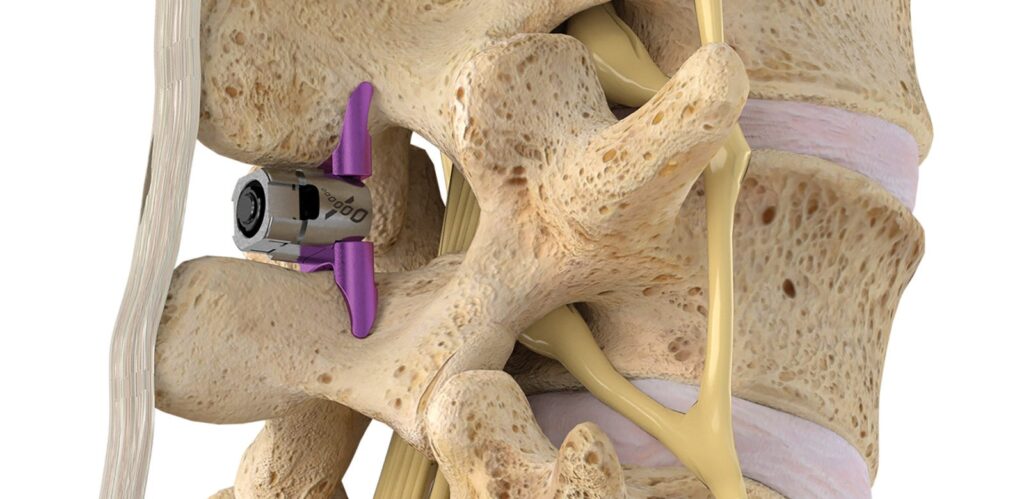Spinal stenosis is the narrowing of spaces in your spine. Narrowing reduces the space available for your spinal cord and nerves, compressing and irritating them, which can lead to back pain and sciatica. Spinal stenosis often develops gradually over time. The condition mostly results from osteoarthritis, but bone spurs, herniated discs, thickened ligaments, tumors, or spinal injuries can also cause it. Symptoms of spinal stenosis may include back pain, sciatica, neck pain, numbness or tingling in your arms, hands, or legs, and loss of bowel or bladder control. Your HAAS Spine & Orthopaedics doctor treats your spinal stenosis depending on your symptoms and the cause. There are many treatments for spinal stenosis, including:
Medications
Non-steroidal anti-inflammatory medications such as ibuprofen and aspirin can help relieve inflammation and pain. Opioids like oxycodone can provide short-term pain relief. If you have muscle spasms, muscle relaxants like cyclobenzaprine can be beneficial.
Physical therapy
Your physical therapist can help you develop an exercise program to help improve your balance, flexibility, and spine stability and strengthen your back. Strengthening your back and abdominal muscles helps make your spine more resilient. Your physical therapist can teach you how to walk at an angle that opens up your spinal canal to help ease pressure on your nerves.
Steroid injections
Your doctor can administer steroid injections near your spine where nerve roots are being pinched or worn areas where bones rub together to help minimize inflammation, pain, and irritation. Since corticosteroids can weaken your bones and surrounding tissues over time, you only get three to four injections per year.
Surgery
There are various surgical procedures that can help treat spinal stenosis, including:
Laminectomy
Laminectomy involves your surgeon removing a portion of the vertebra. The specialist can also remove ligaments and bone spurs during the procedure. Laminectomy creates room for your spinal cord and nerves, relieving your symptoms.
Laminotomy
Laminotomy is a partial laminectomy. In this technique, your surgeon only removes a small part of the lamina, the region causing the most pressure on your nerves.
Laminoplasty
Laminoplasty is performed in the neck area only, where your specialist removes a part of the lamina to provide more canal space. The specialist uses metal plates and screws to create a hinged bridge across the area where the provider removed the bone.
Foraminotomy
The foramen is the region in the vertebrae where the nerve roots exit. Foraminotomy involves your surgeon removing bone or tissue to create more space for your nerve roots.
Spinal fusion
Your specialist may recommend spinal fusion if you have radiating nerve pain from spinal stenosis, your spine is unstable, or other treatments do not relieve your symptoms. Spinal fusion fuses two vertebrae permanently. You first have a laminectomy, and the bone eliminated in this process is used to form a bridge between two vertebrae, stimulating new bone growth. Your surgeon holds the vertebrae together with screws, rods, or hooks until the vertebrae heal and grow together. The recovery period for spinal fusion takes six months to one year.
Spinal stenosis is the narrowing of spaces in your spine. Your doctor can treat the condition through medications, physical therapy, steroid injections, and surgery. Schedule an appointment with your specialist at HAAS Spine & Orthopaedics for spinal stenosis treatment to relieve your back and neck pain.




